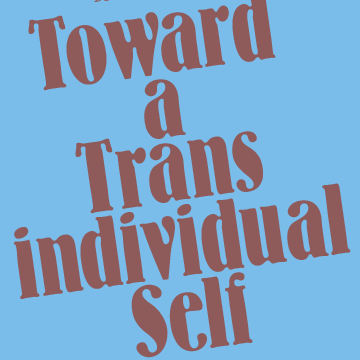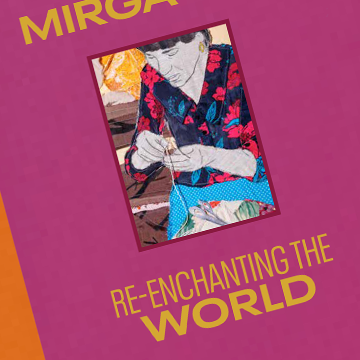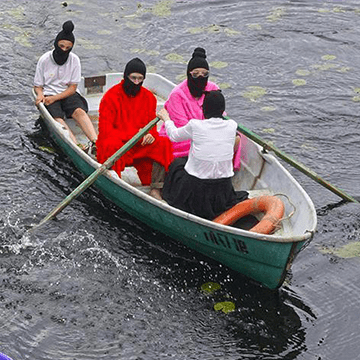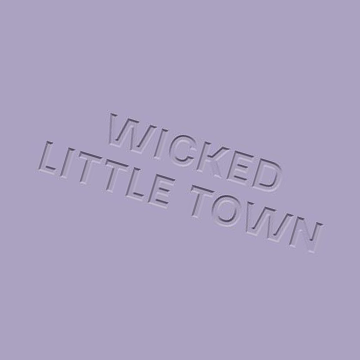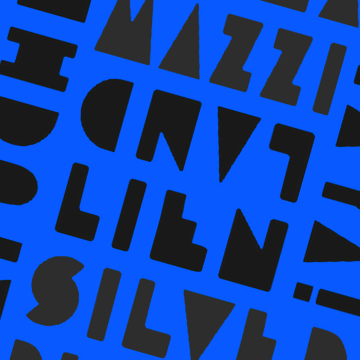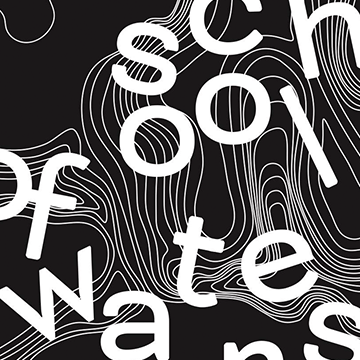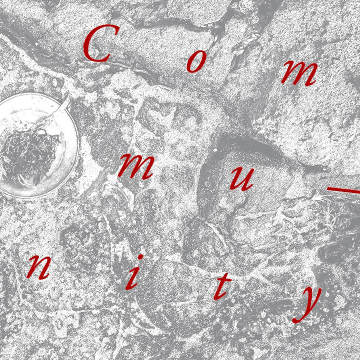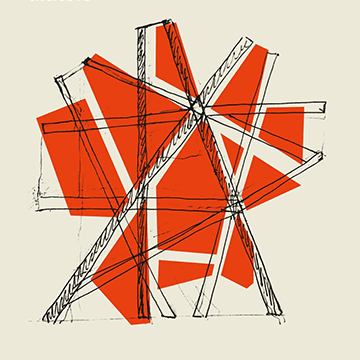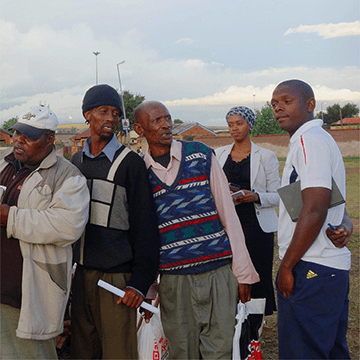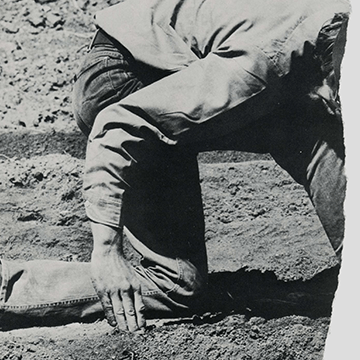This publication is the result of the Instituting edition of HKW’s New Alphabet School, Athens, June 2021, realized in cooperation between Haus der Kulturen der Welt Berlin, EIGHT/TO ΟΧΤΩ—Critical institute for arts and politics Athens, and Goethe Institut Athens.
Tag: Community
Toward A Transindividual Self
Toward a Transindividual Self is an ambitious and capacious effort to theorize a new way to approach collectivity for political purposes through the lens of performance. Convinced that the current neoliberal conjuncture has only heightened a form of capitalist individualism that blocks notions of the social, the authors aim to show that a “transindividual formation of the self can bring about different courses of action and a more socially driven imagination.”
The Wall Between Us
When the outer world tells you who you are, who to be, and those in your immediate, unchosen community tell you to be another, how do we understand who we truly want to be? Away from prescribed imaginaries, how can we find our own reality? Should we even find an identity? Do we have a choice? Does it require asking humbly for allowance? When we receive recognition, does it risk furthering agendas that keep us in our "place"? Together, these poems, letters, anecdotes, interviews and stories demonstrate that living as a "member of the Asian diaspora" can never be presented as a singular expression. Moving through our world is a process of being emergent, sometimes in conflict, other times in collaboration, with a diasporic identity that continues to be ever more complex. Here we hope to find an opportunity to practice our own becoming.
Re-enchanting the World
Re-enchanting the World is a publication accompanying Małgorzata Mirga-Tas’s exhibition of the same name, shown in the Polish pavilion at the 59th Venice Biennale. The exhibit is Mirga-Tas's manifesto on Roma identity and art, drawing inspiration from the Renaissance frescoes of the Palazzo Schifanoia in Ferrara and thus attempting to expand the European iconosphere and history of art with representations of Roma culture.
Resonating with Zapatismo
To Navigate Backward: Resonating with Zapatismo a book-within-a-book, the first of three mouvements (as in a musical composition) is a collection of essays titled When the Roots Start Moving: Chto Delat and Free Home University—investigating predicaments of rootedness and rootlessness and notions of belonging and of displacement across different geographical and epistemological coordinates.
Wicked Little Town
Wicked Little Town gathers more than fifty artists and critical thinkers traversing trans-temporal imaginations of resistance, unruliness, and non-compliance across genders, abilities and national borders. Highlighting companionship, alliances, and bonds, this publication tunes to critiques of normativity and dialogues around the interdependency between intersectional oppressions and collective paths of liberation. It assembles non-violent grammars and vocabularies, especially of those artists, scholars, and activists who are often excluded from dominant narratives.
Silver Rights
Silver Rights focuses on the ancestral bond between the communities and the land (mapu), a bond eroded and denied by colonising forces that have mutated over the centuries to gradually establish themselves in recent decades through neo-extractivist practices; a settlement process resulting from the convergence of investment policies and commercial agreements between South American governments and foreign multinationals, including the Italian Benetton.
School of Waters
Mediterranea 19—School of Waters imagines a Biennale as a temporary school inspired by radical and experimental pedago- gies and the way they challenge artistic, curatorial, and research formats. From this standpoint, School of Waters acts as a collective tool to defamiliarise stereotypes that manipulate our geographical imaginaries, especially those linked to the eurocen- tric interpretation of the Mediterranean area.
Jane Jin Kaisen. Community of Parting
Community of Parting is an extension and continuation of Jane Jin Kaisen’s artistic practice. Kaisen brings past and present, the eternal and the temporal into play through layered, performative and multi-voiced, feminist works that explore topics such as memory, war, migration, and borders in a field where individual experiences and collective stories intersect. Her works negotiate and mediate the means of representation, resistance and reconciliation, thus forming alternative genealogies and sites of collective emergence.
raumlabor
Cantiere Barca is an experimental art and architecture project for public space that, between 2011 and 2013, involved dozens of people in actions of construction and place-making under the guidance of the architecture collective raumlaborberlin, in a neighbourhood at the farthermost northeastern corner of the city of Turin. In the years of endless crisis – in the economy, in politics, and in the environment – Cantiere Barca has fulfilled the demand for the identity and social recognition of a group of residents, breathing life into a workshop of shared creative practices and an exchange of knowledge, thus undertaking a journey from the urban periphery to the MoMA in New York. Cantiere Barca is also a case study, which has wit- nessed both success and failure, to ponder on the meaning of such concepts as collective, community, the common good, participation, responsibility, utopia, and future.
The Soweto Project
From the middle of January to the end of March 2014, the class Design for the Living World lived and worked in Soweto. They developed two projects in two neighbourhoods in Soweto: Ubuntu Park in Orlando East and the Primary School Vegetable Gardens in Noordgesig.
The Soweto Project began a year earlier, when Stefan Horn of the Berlin-based art association urban dialogues invited our class at the Hochschule für bildende Künste Hamburg to join the Nine Urban Biotopes project. The basic idea was for us to stay in Soweto for three months and work closely with the local community.
Summer Winter East West
Display and its social dimensions are leitmotifs in the multiform art practice of Martin Beck. His exhibition ‘Last Night’ at Kunsthaus Glarus reflected on the relations between exhibiting and community by bringing together two bodies of works: one drawing on modern exhibition history, the other building on the history of countercultural communes in the 1960s and early 1970s United States. Summer Winter East West discusses Beck’s engagement with display not only as a tool of presentation but also as a form of communication – within and beyond the realm of the exhibition. What are the possibilities for imaging community? How can togetherness be presented (or present itself), and to what degree is exhibiting already an aspect of community building?

